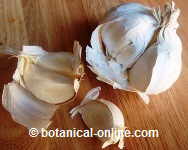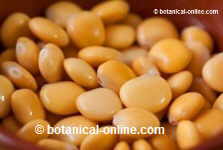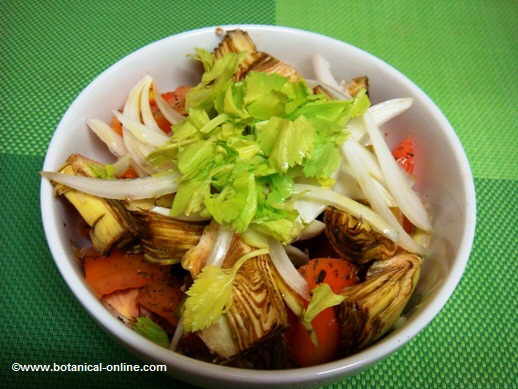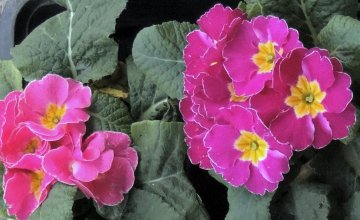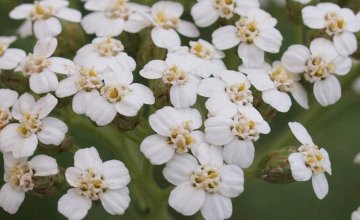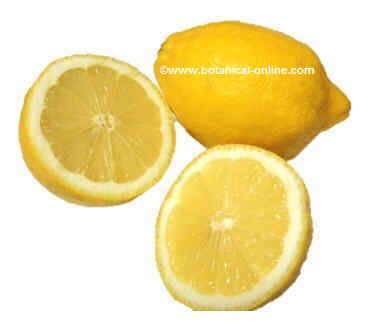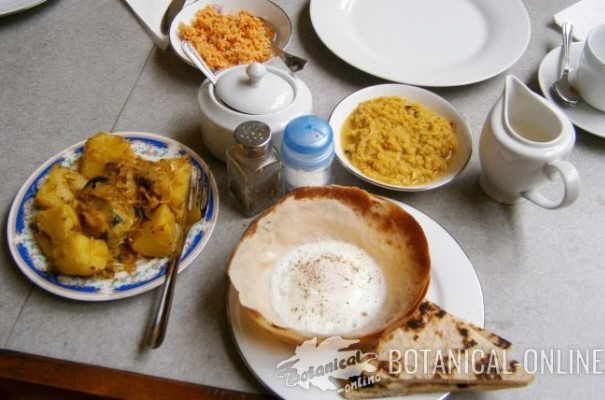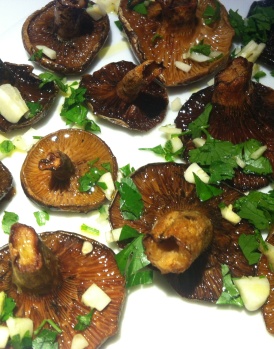Contents
- 1 Suitable food for blood circulation
- 1.1 IMPORTANCE OF THE DIET IN THE CIRCULATION OF THE BLOOD
- 1.2 WHAT FOOD IS GOOD FOR THE CIRCULATION OF THE BLOOD?
- 1.3 Foods rich in fluidizing components
- 1.4 Foods rich in unsaturated fats to improve blood circulation
- 1.5 Food with lots of potassium for a better circulation
- 1.6 Foods rich in soluble and non-soluble fiber
- 1.7 Importance of water in the blood circulation
Suitable food for blood circulation
IMPORTANCE OF THE DIET IN THE CIRCULATION OF THE BLOOD
Feeding can be a very important aid for circulation. It is generally known as poor circulation that one in which the blood flows with difficulty.
An inadequate diet may be responsible for blood thickening, which produces blood clots.
Blood clots hinder blood flow and can lead to anomalies or vascular accidents, such as hemorrhoids, headache, varicose veins, cellulitis, heart attacks, angina pectoris, strokes, etc.
WHAT FOOD IS GOOD FOR THE CIRCULATION OF THE BLOOD?
Foods rich in fluidizing components
People who tend to have “thick blood” should choose foods that are rich in blood-thinning components. Foods rich in salicylates are those that contain antiaggregating properties. These foods include:
- Foods with very high levels: condiments: cayenne pepper or cinnamon; herbs: licorice, oregano, thyme, sage.
- Foods with high levels: condiments: garlic, onion, fennel, lemon, ginseng, celery, parsley, paprika, black pepper, cardamom, chicory or mint. Fruits: fruit juices, prunes, raisins or raspberries.

Eating garlic will help improve circulation because it is a natural anticoagulant
- Foods with fairly high levels:
- Condiments: ginger, chili, cloves, tarragon, vinegar, basil, green olives, nutmeg.
- Vegetables: peppers, pickles, carrots, endive, chicory, radishes, beans, soybean sprouts, soybeans, tomato paste.
- Fruits: pineapples, oranges, bananas, plums, blackberries, blackberries, currants, papayas, blueberries, dates, apricots, cherries, guavas, kiwis, melons, watermelons
- Dried fruits: Almonds or peanuts.
- Buckwheat (Fagopyrum esculentum): Buckwheat increases the elasticity of blood vessels. Including this food in the diet improves circulation.

Lupins favor blood circulation because they lower cholesterol and are rich in lecithin
Foods rich in unsaturated fats to improve blood circulation
These fats are known as “good fats” because of the role they play in controlling cholesterol and heart disease.
Unsaturated fats may be monounsaturated, such as olive oil and peanut oil, or polyunsaturated oils such as fish oil, sunflower seed oil, soybean oil, hazelnut oil.
Food with lots of potassium for a better circulation
Potassium counteracts sodium and allows the elimination of liquids which favors blood circulation in general, but especially in regard to circulation in the legs. (See foods rich in potassium)
Foods rich in soluble and non-soluble fiber
Soluble fiber helps lower cholesterol in the blood. This type of fiber avoids the reabsorption of intestinal cholesterol produced by bile for the digestion of food. Soluble fiber forms a gel that traps this cholesterol that is expelled to the outside without passing into the bloodstream.
The liver, which needs cholesterol to form fatty acids, needs to take it from the blood which causes a decrease in it. Reducing cholesterol levels means reducing the risk of stroke.
Non-soluble fiber, along with soluble fiber, helps control constipation that may be responsible for the onset of circulatory problems such as varicose veins or hemorrhoids. (See foods rich in fiber)
Importance of water in the blood circulation
Water is necessary for the proper functioning of the organism. A good hydration allows to maintain the body fluids suitable for the correct elimination of toxins that will keep the blood in good condition. Drinking 1 liter and a half of water at least every day is a good way to improve circulation. The best waters for circulation are certified mineral waters with a low mineral content. (See types of water)
It is also interesting to drink other liquids that can be added to the daily water intake. Fruit juices and vegetable broths, in addition to providing very pure water, provide vitamins and minerals with antioxidant properties capable of neutralizing the negative effects that free radicals have on blood vessels. In this way they help keep them flexible and resistant.
Despite this, fruit juices contain a lot of sugar and excessive sugar is bad for circulation. It is important that the consumption of juices is moderate (half a liter per day at most, diluted in water and drunk throughout the day)
![]() More information on circulatory diseases
More information on circulatory diseases

